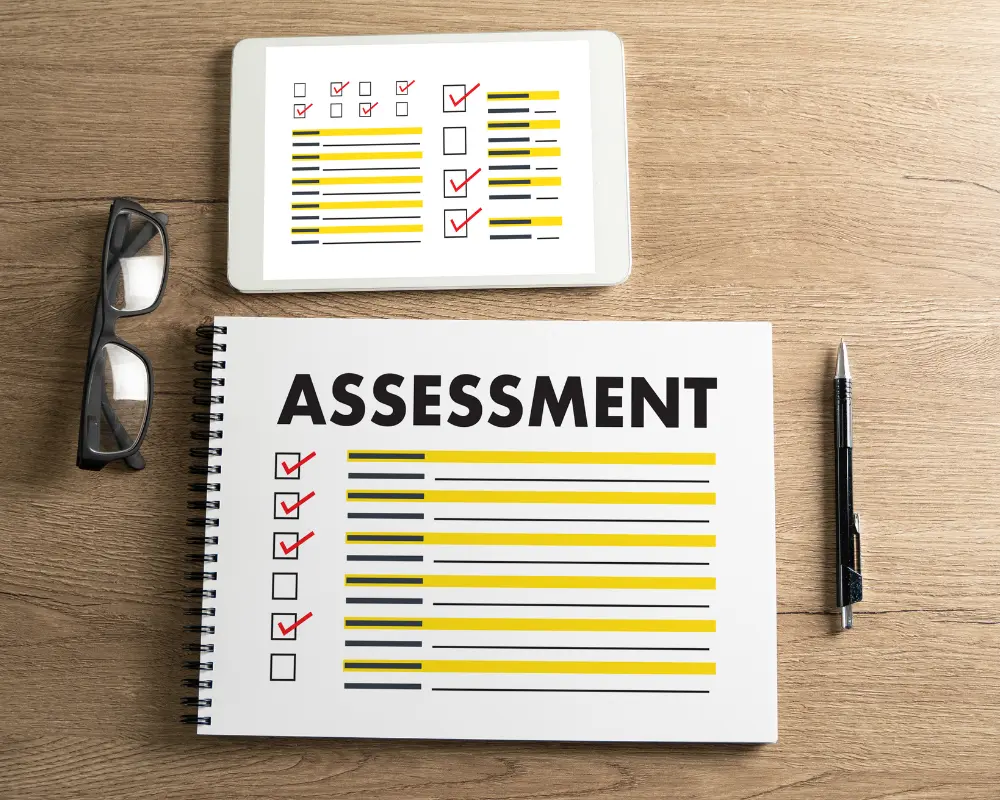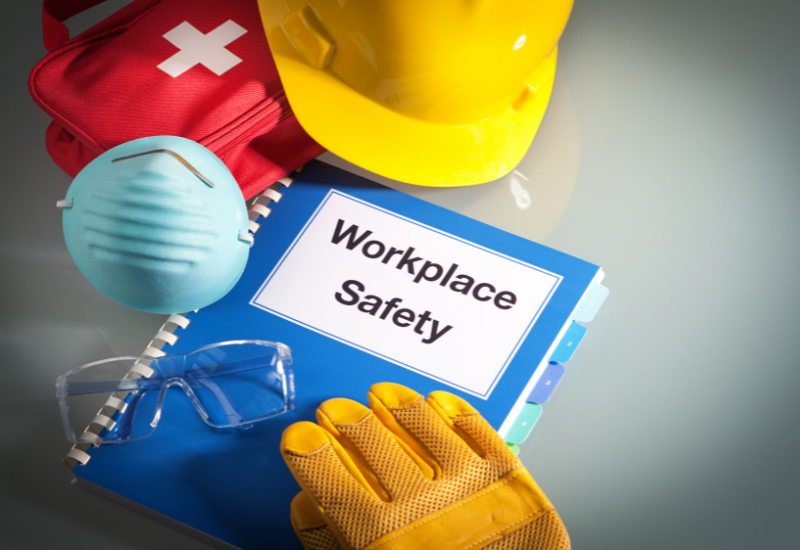Environment, Health and Safety (EHS) management constantly evolves, and staying ahead can seem like an uphill battle. This article offers practical, actionable tips to enhance your safety program in 2024, helping you transform challenges into opportunities for a safer, more efficient workplace.
#1: Stay Informed and Compliant
EHS compliance is changing, with new regulations introduced in response to emerging risks or technological advancements. Keeping up with these changes ensures that your organization isn’t just avoiding legal pitfalls; it’s actively prioritizing the well-being of its workforce.
Strategies for Success
- Regularly Review Safety Updates: Allocate time each week to review industry-specific safety updates and bulletins. This helps stay abreast of regulatory changes and best practices.
- Attend Safety Webinars and Conferences: Participate in events for insights into new safety technologies and networking with industry peers.
- Establish a Compliance Task Force: Form a team to monitor, analyze, and implement safety regulations, ensuring departmental adherence to standards.
Ensuring a safe environment requires staying informed and compliant and committing to continuous learning and professional development.
#2: Invest in Continuous Learning
In the dynamic field of workplace safety, resting on one’s laurels is not an option. The best safety professionals understand that their field is constantly evolving, and they must grow with it. Continuous learning in safety doesn’t just update one’s knowledge; it revitalizes thinking, sparks innovation, and keeps safety professionals agile and prepared.
How to Implement
- Conduct Regular Training Sessions and Workshops: Schedule training throughout the year covering various safety aspects, from technical skills to emerging trends.
- Promote Further Education in Safety Management: Encourage team members to pursue safety-related certifications, courses, or degrees.
- Implement a Mentorship Program: Facilitate knowledge sharing by pairing less experienced staff with seasoned safety professionals.
As we foster a culture of continuous learning among safety professionals, prioritizing comprehensive employee training becomes the next critical step in strengthening our safety practices.
#3: Prioritize Employee Training

Effective training empowers employees, giving them the knowledge and skills they need to protect themselves and their colleagues. It creates a workforce that is aware of the risks and equipped to handle them.
Effective Training Methods
- Interactive E-Learning Modules: Use multimedia content for flexible, engaging training.
- Hands-On Training: Prepare employees for real-world scenarios through practical exercises.
- Regular Emergency Drills: Conduct drills to ensure readiness for various emergency situations.
Employee training is essential, but it’s equally important to implement knowledge assessments and scheduled refreshers to ensure this training is effectively absorbed and applied.
#4: Implement Knowledge Assessments and Scheduled Refreshers

Regular knowledge assessments are vital in ensuring the training is effective, and the information is retained. Assessments also help identify areas where employees might be struggling, allowing for targeted interventions.
Creating Effective Assessments
- Industry-Specific Quizzes and Simulations: Design assessments that reflect real workplace risks and scenarios.
- Schedule Regular Refresher Courses: Keep safety protocols fresh and updated in employees’ minds.
- Use Assessment Feedback for Improvement: Analyze results to identify areas needing additional focus in future training.
Beyond assessing and refreshing existing knowledge, integrating these safety principles from the onboarding process ensures that new team members align with our safety values from day one.
#5: Integration into the Onboarding Process
Incorporating safety training from the beginning of an employee’s journey is crucial in establishing a safety culture. In this initial stage, new hires are most receptive to learning and adapting to company policies. By emphasizing safety from the start, you’re not just informing them of the protocols; you’re embedding safety into the core of their work ethic.
Onboarding Best Practices
- Start Safety Training Immediately: Include a comprehensive overview of safety policies and procedures from day one.
- Pair New Hires with Safety Mentors: Utilize experienced staff to guide and educate new employees on safety practices.
- Provide Detailed Safety Resources: Ensure easy access to safety manuals and resources for all new hires.
As we build a strong safety foundation from the start, it’s equally crucial to celebrate safety milestones, reinforcing the positive impact of these efforts on our workplace culture.
#6: Celebrate Safety Milestones

Acknowledging and celebrating safety milestones is more than just a pat on the back; it’s a powerful tool for reinforcing a safety-first culture. When employees see their efforts in maintaining a safe environment are valued, it boosts morale and fosters a more profound commitment to safety practices.
Celebration Ideas
- Host Safety Award Ceremonies: Recognize individual and team safety achievements to reinforce a safety culture.
- Share Safety Success Stories: Use internal communications to highlight exemplary safety practices.
- Offer Incentives for Safety Achievements: Motivate staff with rewards for meeting safety goals.
While celebrating our achievements in safety is vital, continuous improvement through regular reviews and updates to our safety program ensures we stay ahead in an ever-evolving work environment.
#7: Regularly Review and Update the Program
Safety programs must be dynamic and adaptive, reflecting the ever-changing nature of workplace environments and risks. As new technologies emerge and work processes evolve, so should your safety strategies.
Review and Update Strategies
- Conduct Annual Safety Audits: Assess the comprehensiveness and effectiveness of your safety program.
- Gather Employee Feedback: Regularly solicit and incorporate employee input on safety matters.
- Adopt New Safety Technologies and Practices: Stay current with advancements in safety tools and methodologies.
As you implement the strategies above, consider incorporating technology solutions to enhance workplace efficiency and security.
How SlateSafety’s Products Enhance Safety Programs
SlateSafety’s products represent the forefront of safety technology, offering a comprehensive solution that combines real-time monitoring with actionable data analytics. From the BAND V2‘s vital sign tracking to the BEACON V2‘s environmental monitoring, these tools are essential for proactively managing workplace safety and the threat of workplace heat.
Embrace the future of safety management with SlateSafety and transform your approach to a more preventative, informed, and efficient system. Discover how SlateSafety can make a definitive difference in your workplace. Visit our website and join us in shaping a safer, more resilient work environment.

